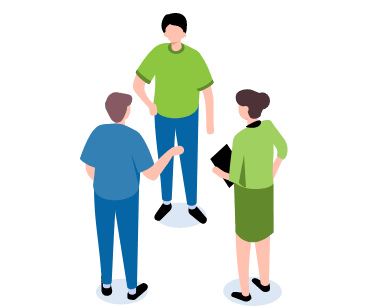National Cabinet has agreed to extend the Pandemic Leave Disaster Payment at current rates beyond 30 September 2022.
Prime Minister Anthony Albanese said that the payment will remain payable for as long as mandatory isolation periods are applied by all states and territories.
However, National Cabinet agreed to cap at three the maximum number of Pandemic Leave Disaster Payment claims an individual can make in a six month period, with Canberra and the states/territories to continue 50:50 cost-sharing arrangements.
The payments can be claimed by workers who have no sick leave entitlements, including pandemic sick leave, personal leave or leave to care for another person, and who have liquid assets of less than $10,000.
Eligible claimants can obtain $450 if they have lost at least eight hours or a full day’s pay, but less than 20 hours; or $750 if they lost 20 hours or more of work.
The extension of the payment followed pressure from NSW and Victoria and the reduction of isolation periods for COVID-19 seven days to five last month, except for workers in high risk settings such as aged care, disability care which remains at seven days.
The Prime Minister told journalists in Sydney today that National Cabinet remained of the view that, if people are sick with COVID-19 or other health issues, they should not be at work.
“We will make some changes, three payments over a period of six months would be the maximum, unless there has to be quite extraordinary circumstances of why that’s the case,” he said.
He said 2.6% of all claims received since July 20 triggered “real-time” fraud checks in the system and, of those, Services Australia subsequently rejected half of them, while claimants then withdrew about 15%.
Services Australia data also indicated that, over the six months to June 30 this year, 60% of claims involved individuals who claimed more than once, with about 13% claiming four or more times, which worked out to a claim every six and half weeks or more.
The National Cabinet will have a further discussion about mandatory isolation rules at a meeting on September 30.
“We’ll take advice at that time,” the Prime Minister said.
“Of course, there are different arrangements in place in countries, but what we are seeing is gradually a move towards COVID being treated like other health issues.”
Chief Medical Officer Professor Paul Kelly gave “quite a positive” briefing to today’s National Cabinet meeting, saying that infections in aged care are a quarter of the level at the end of July and the lowest that they have been this year.
Who is eligible and how much are the payments?
These payments are designed for people who can’t work because they are isolating with COVID, or if they are caring for someone with COVID who needs to isolate.
For every seven-day period of self-isolation, quarantine or caring, you may be eligible for either:
- $450 If you’ve lost at least eight hours or a full day’s work and less than 20 hours of work, or
- $750 if you lost 20 hours or more of work
If you are caring for someone, you need to be living in the same home as that person.
You also can’t claim the payment if you are able to work from home.
You also can’t be accessing any other forms of sick leave – including pandemic sick leave, personal leave and leave to care for another person – that you might get through your workplace.
You must also have liquid assets of less than $10,000 on the first day of the period you are claiming for, which are any funds readily available to you in cash or savings.

















